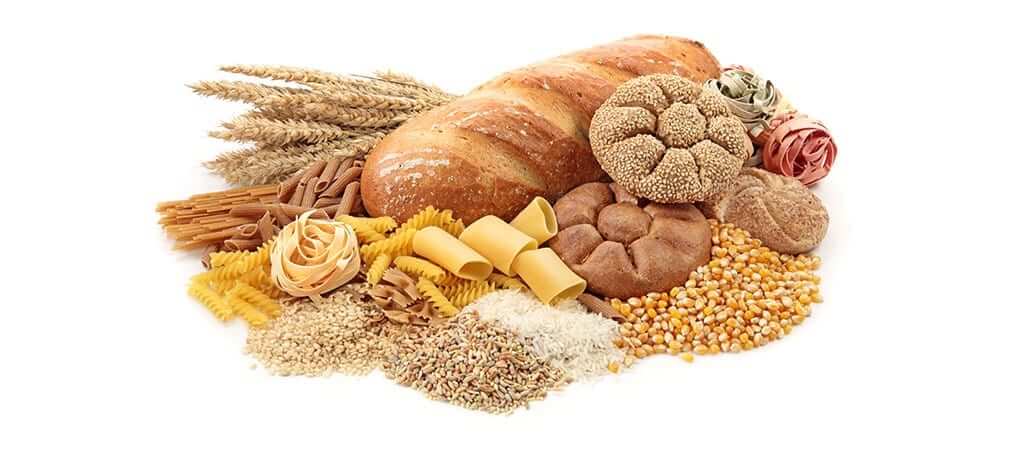Whole grains are beneficial for people with diabetes who are looking to make healthier choices. Eating the right whole grains can satisfy your hunger and help control blood sugars when eaten in moderation. Let’s talk about interesting grains – bulgur, quinoa and buckwheat.
- Quinoa is pronounced KEEN-way and has been used for centuries in South America. It gained popularity in the United States about three decades ago. The United Nations has praised the protein content in quinoa. Americans enjoy its quick preparation and mild, nutty taste. Quinoa contains essential amino acids and is gluten free. It only takes a few minutes to boil quinoa. Often it is served like pasta. Toss it with a bit of low-fat tomato sauce or a dash of olive oil with garlic. Quinoa flakes are available to add to your hot cereal in the morning. Quinoa has 222 calories per one-cup serving and 5 grams of dietary fiber as well as copper, magnesium, phosphorus, thiamine, riboflavin, zinc, folate and vitamin B-6. It is counted as a carbohydrate.
- Bulgur is a favorite type of cracked wheat kernel in the Middle East that has been precooked and dried. It has a light color, mild flavor and is slightly chewy. It has about 8 grams of fiber per cup and 6 grams of protein along with similar nutrients to quinoa. Bulgur can be used in almost any dish since it is very versatile. Cook bulgur in chicken stock and add some sautéed onion for flavor. Top off your favorite green salad with bulgur. Add bulgur to your burgers to cut the total amount of meat. Serve it as a hot breakfast cereal in the morning. If you’ve ever eaten, tabbouleh, you’ve tried bulgur. This whole grain contains essential niacin and zinc. A cup of bulgur has 34 grams of total carbohydrates, 112 calories and 12 grams of dietary fiber. Bulgur has more fiber than quinoa or buckwheat. Try to keep your carbohydrates to 1-3 servings per meal to help maintain proper blood sugar levels. Check with your diabetes educator or dietitian for your specific guidelines.
- Buckwheat is a tasty alternative to rice or can be eaten as a porridge. Research has shown diets with buckwheat have been linked to a lower risk of developing high blood pressure and high cholesterol- two major health concerns when you have diabetes. Buckwheat contains flavonoids that act as antioxidants to protect again disease by extending the action of vitamin C. Buckwheat is a good source of magnesium to promote a healthy cardiovascular system. Studies have shown it can contribute to better blood sugar control and its nutty flavor has the ability to satisfy hunger. Start your day with a bowl of hot buckwheat with a dash of low-fat milk. A cup of buckwheat contains 4-5 grams of fiber. Buckwheat is sold roasted or unroasted. It can be ground into gluten-free flour. Add buckwheat to stews or soups for a heartier flavor. Use it with whole wheat flour to make yummy pancakes and breads. Buckwheat is a good source of copper, magnesium, manganese and phosphorus and is a high quality protein with 8 essential amino acids.
- A well-balanced diet when you have diabetes includes whole grains, low-fat dairy products, fruits and vegetables and lean meats and fish. Include 30 minutes of exercise into the day for good health. Use portion control plates to ensure you are eating the proper amounts of foods to help you maintain a healthy weight and better blood sugar control.
If you want to go beyond the usual grains, consider trying bulgur, quinoa and buckwheat. There are a variety of tasty ways to include these whole grains into your daily diet. Best of all, you will be eating your way to better health!







Leave A Comment